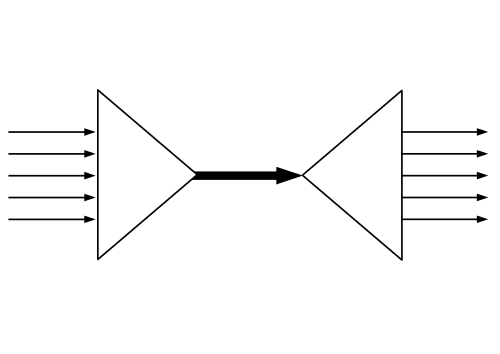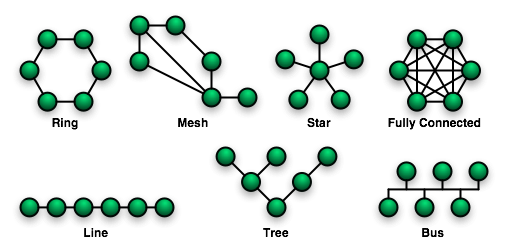
Differences between RouterOS, SwitchOS and Routerboard
As a new mikrotik user, sometimes people get confused with Mikrotik products. Even though all mikrotik products can be found in http://routerboard.com, with lots of variations of products, people are wondering what are the differences between RouterOS, SwitchOS and Routerboard, and this article will discuss about that with historical background. What is RouterOS (ROS)? This was the first product from mikrotik. Mikrotik was established in 1996 as a company that was focused on networking. One of their task was managing networks which require them to setup hardware and software to make network running well. At that time, for cost saving, they use PC as router and build their own linux distribution that is specialised for networking. So people just download the ISO, burn it to a CD-ROM, and then install…






